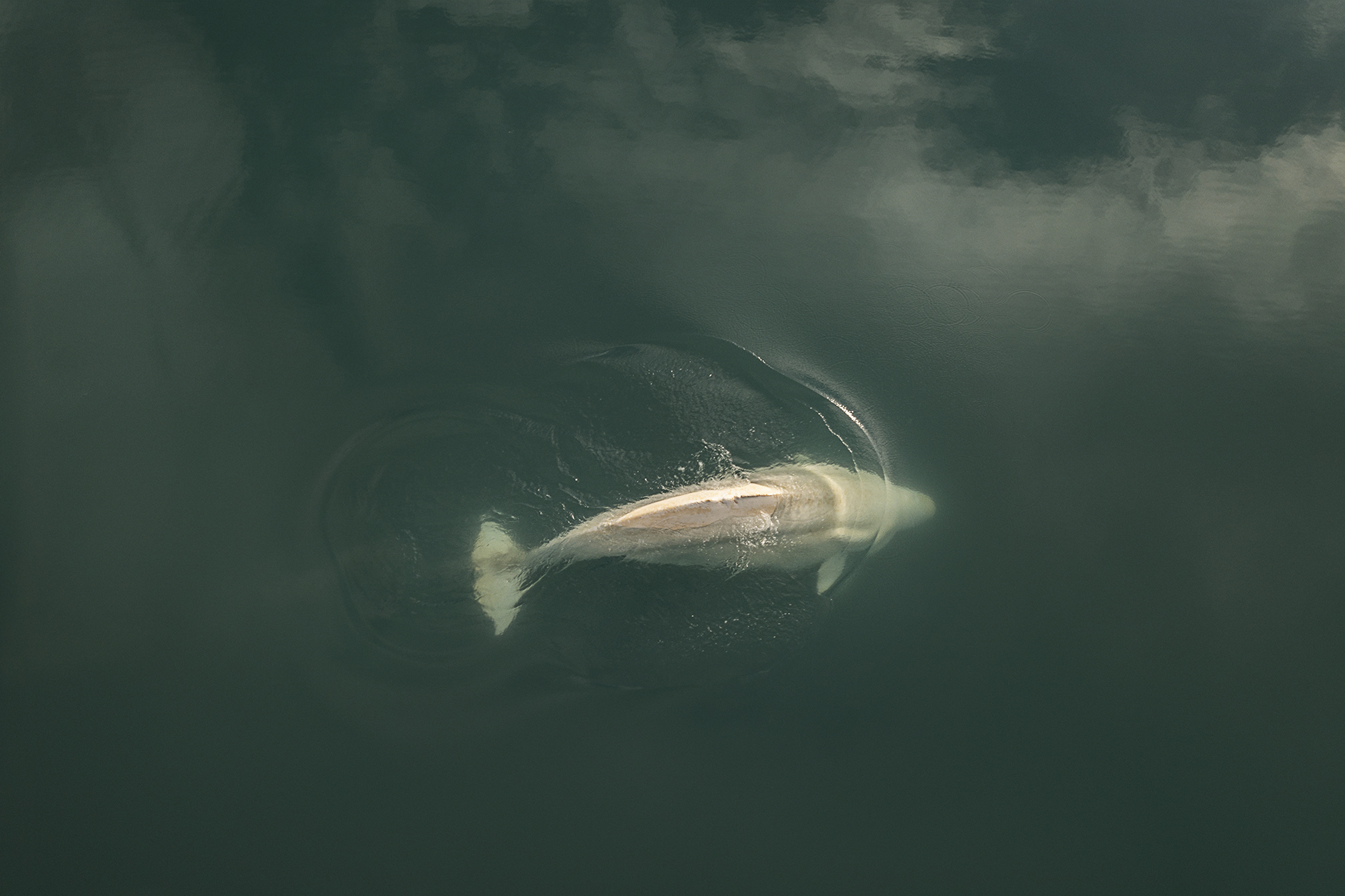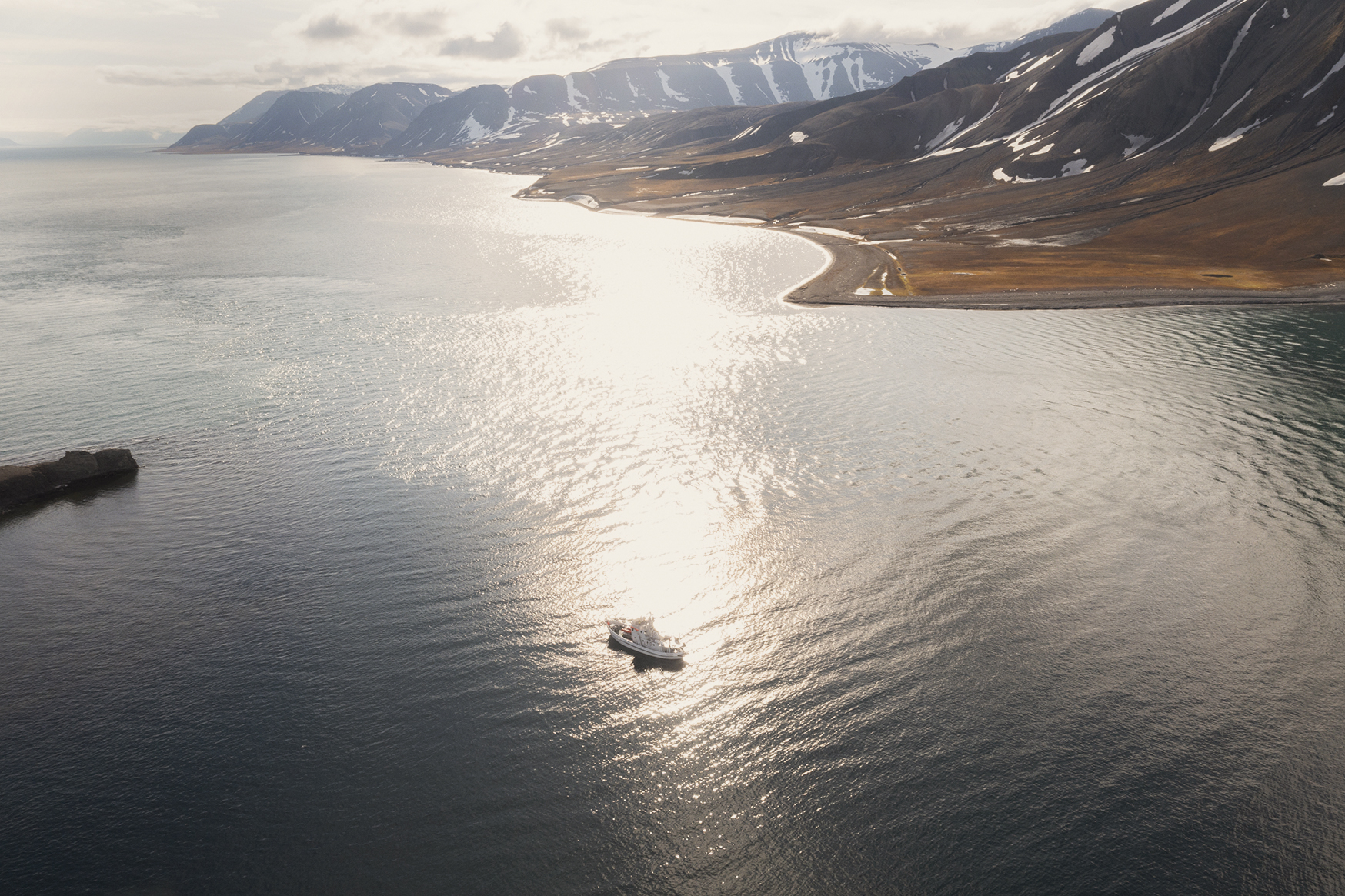Beluga Whale Research

Researching beluga whales is incredible difficult.
Researching beluga whales is incredible difficult, they are very aloof and roam in murky waters around the ice edge of Svalbard’s fjords. The archipelago known for its stark landscapes and icy seas, was not just a journey across the Arctic waters, but a mission with profound environmental and scientific undertones. With more ice and visible land covered by ice, Svalbard is a symbol of the pressing narrative of climate change which Klaus has tirelessly worked to address for over a decade.
Historically, Svalbard has been a hub for resource extraction, from whaling in the 17th and 18th centuries to coal mining in the early 20th century. Now, it’s a focal point for research and tourism. As glaciers serve as barometers for climate shifts, Svalbard is emblematic of the global climate story—a story Klaus feels is stagnating due to inaction.
In a bid to shift the environmental dialogue to ‘environmentalism 2.0’, which advocates for systemic thinking and innovative approaches to the climate crisis, Klaus embarked on a multifaceted expedition. The beluga whales of the Arctic, once the emblem of environmentalism’s first wave, now partner with Klaus in his final endeavor to catalyze human action. These social and vocal mammals, once termed “canaries of the sea” by mariners, are at the heart of Klaus’s research, as he seeks to unravel the mystery of their strandings and connect deeper with the environment.










The Arctic summer, with its ice-dissolving embrace, becomes the stage for Klaus’s journey. His methodology is unorthodox Klaus’s expedition is not without its trials.
Diving under the ice near the shores proves challenging with limited visibility
Diving under the ice near the shores proves challenging with limited visibility and the bubbles from scuba gear disturbing the marine life. Resolute, Klaus adapts to free-diving, despite the physical limitations it imposes, to ensure a silent approach to the whales. The vast, uncharted Arctic Ocean, akin to the vastness of space, requires similar survival skills and represents the new frontier Klaus navigates—with hope, theory, and seasoned expedition skills.
On this voyage into the unknown, every encounter with the belugas, whether from the ship’s bridge, via drone, or in the water, is an integral stitch in the narrative of connection and discovery. Deploying zodiacs and immersing himself into the icy waters, Klaus’s interactions with the belugas are more than research; they are the beginning of a profound environmental love story, a testament to humanity’s bond with nature and the urgency to protect it.
This project was generously supported by Parajumpers
